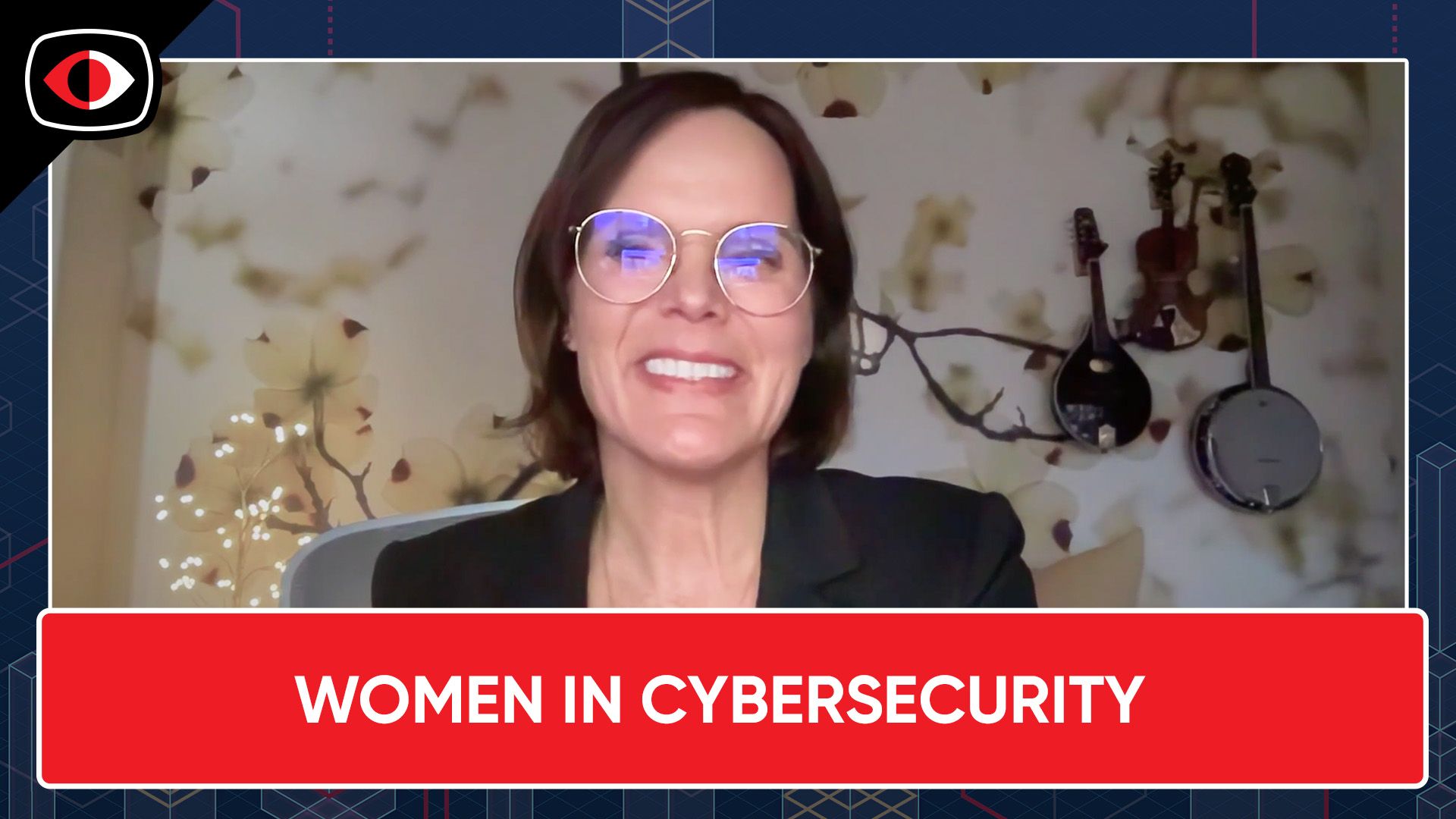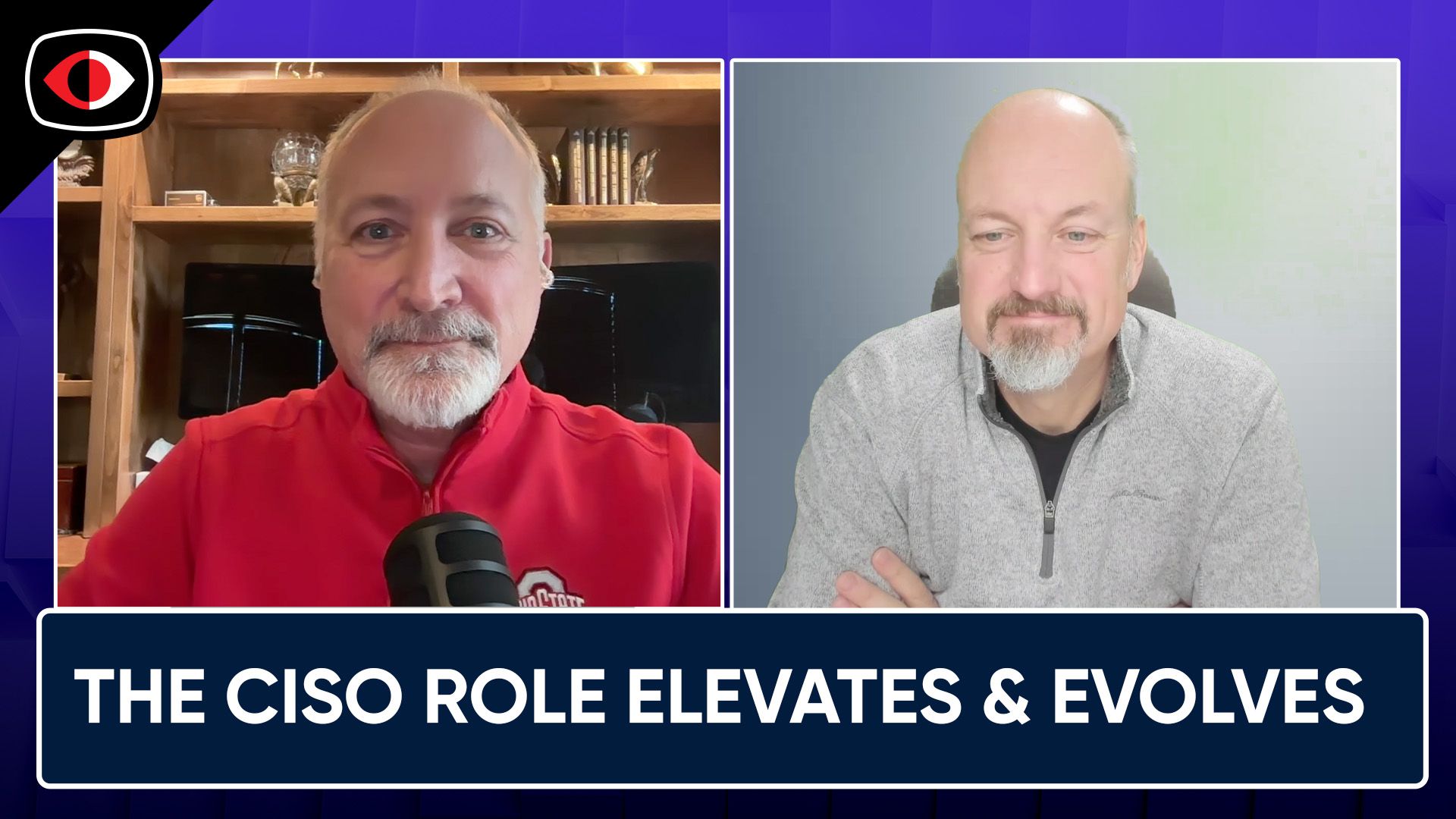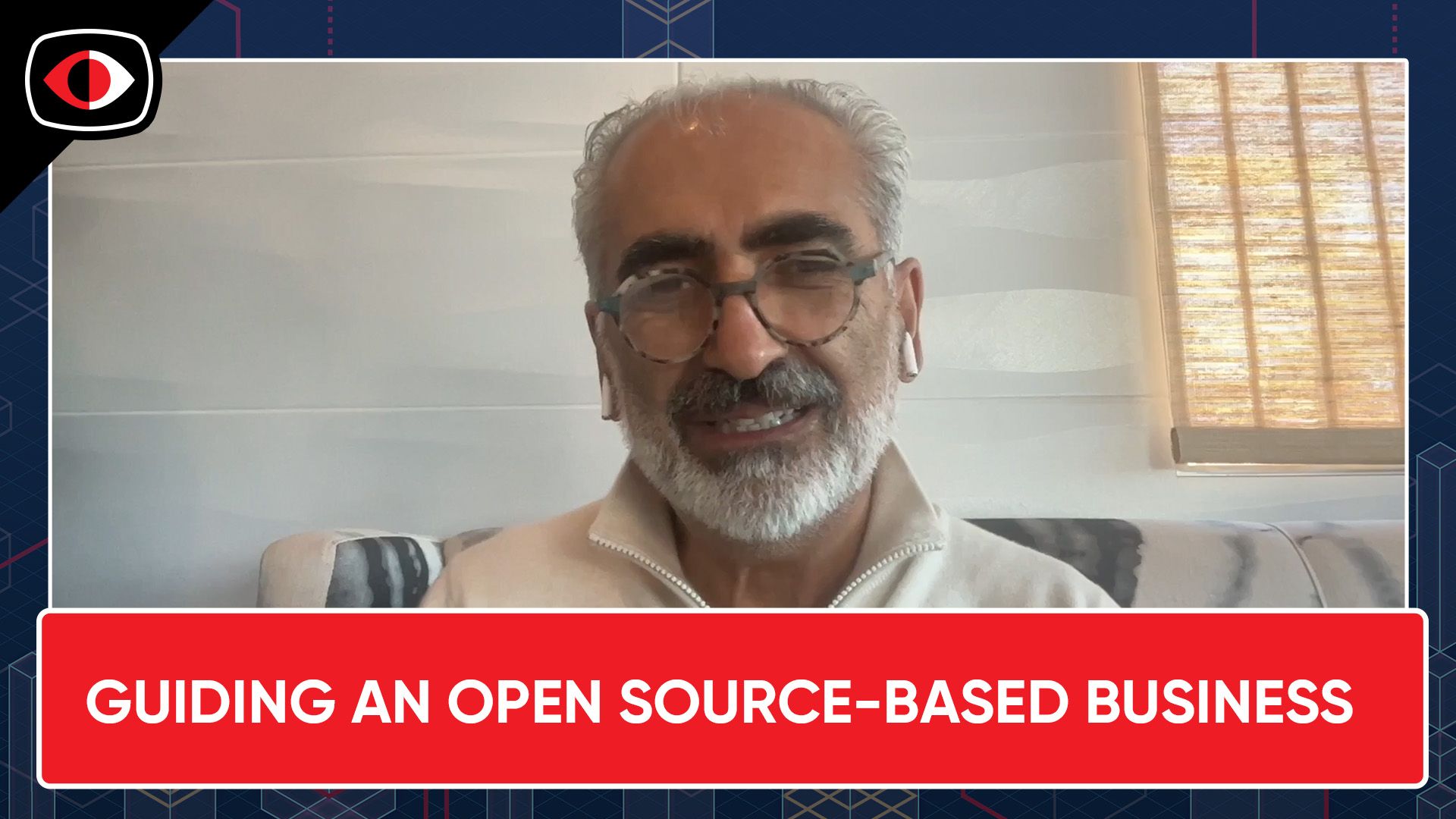C-Suite Cybersecurity Responsibilities, Humble Leaders, and Effective Communication – BSW #381
In the leadership and communications segment, Cybersecurity Responsibilities Across the C-Suite: A Breakdown for Every Executive, Humble Leaders Inspire Others to Step Up, Effective Communication in the Workplace, and more!
Announcements
Security Weekly listeners save $100 on their RSA Conference 2025 Full Conference Pass! RSA Conference will take place April 28 to May 1 in San Francisco and on demand. To register using our discount code, please visit securityweekly.com/rsac25 and use the code 5U5SECWEEKLY! We hope to see you there!
Hosts
- 1. Cybersecurity Responsibilities Across the C-Suite: A Breakdown for Every Executive
Cybersecurity is no longer just an IT issue—it’s a business imperative that affects every department within an organization. Organizations must direct the responsibility for security beyond the Chief Information Security Officer (CISO) to all leaders throughout the C-Suite because cyber threats evolve and regulations grow strict. Each executive within the company contributes to enhancing security postures through strategic development alongside regulatory compliance activities and risk mitigation endeavors and security-focused culture building.
- 2. Research: Humble Leaders Inspire Others to Step Up
Humble leadership is recognized as a powerful asset in today’s business world, fostering teamwork, trust, and employee well-being. New research reveals that humble leaders not only model gracious behavior but also ignite leadership ambition in their subordinates. Through studies conducted in China and several Western countries, the research found that humble leaders who acknowledge mistakes, value team contributions, and welcome feedback significantly enhance their employees’ workplace status, boosting their motivation to lead. This effect is particularly pronounced among highly individualistic employees who prioritize personal uniqueness and growth because they feel more recognized and empowered by humble leaders. However, collectivist-minded employees may not experience the same benefits, highlighting the need for organizations to combine humble leadership with additional leadership development practices to ensure all employees feel empowered and motivated.
- 3. Working With Difficult People
In the tech industry or any industry, we will encounter difficult people. When I say difficult, I mean ‘difficult to work with.’ Let’s take a closer look at what this means, why it happens, and what you can do about it.
- 4. The science of motivating teams, according to bestselling author
Former Home Depot CEO Frank Blake once said, “You get what you celebrate.” What founders choose to celebrate and how they celebrate can inspire teams to enthusiastically embrace change—if the celebration is done effectively.
- 5. Effective Communication in the Workplace
f there’s one thing I’ve learned from working in dynamic and often high-pressure environments, it’s this: effective communication is the glue that holds everything together. It’s the difference between a productive day and one filled with misunderstandings, missed deadlines, and frustrated colleagues.
- 6. How to Structure a Great Interview
The interview is the most critical stage in any hiring process. It all boils down to preparation. Asking the wrong questions or not knowing what you want from a candidate can lead to bad decisions. To make sure you are hiring the right candidate among the ones you have shortlisted, it is best to keep the interview structured and ask the candidates the same questions so there isn’t a bias. The first step, however, if getting clear on the role and responsibilities and what you’re looking for (as well as not looking for). Next, create a structure for the interview. The author recommends using the following structure to assess each candidate fairly: warm-up questions, abilities and qualification questions, behavioral questions, and workplace alignment questions.







